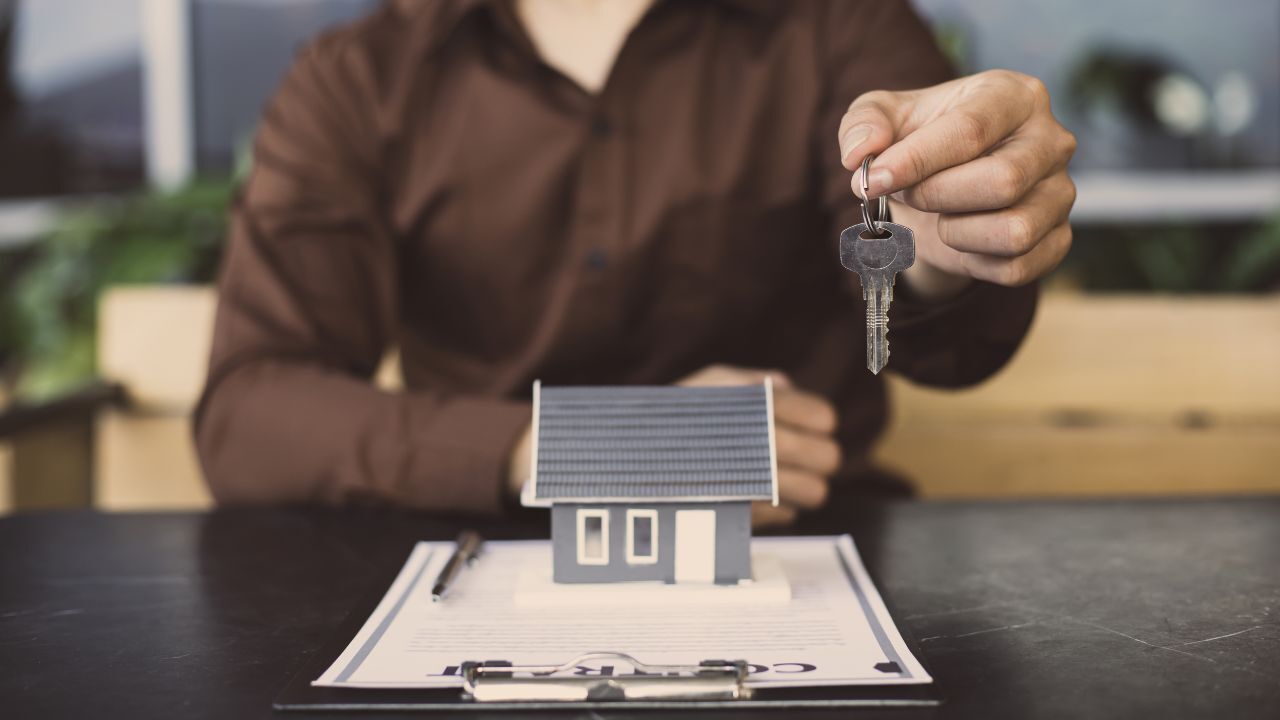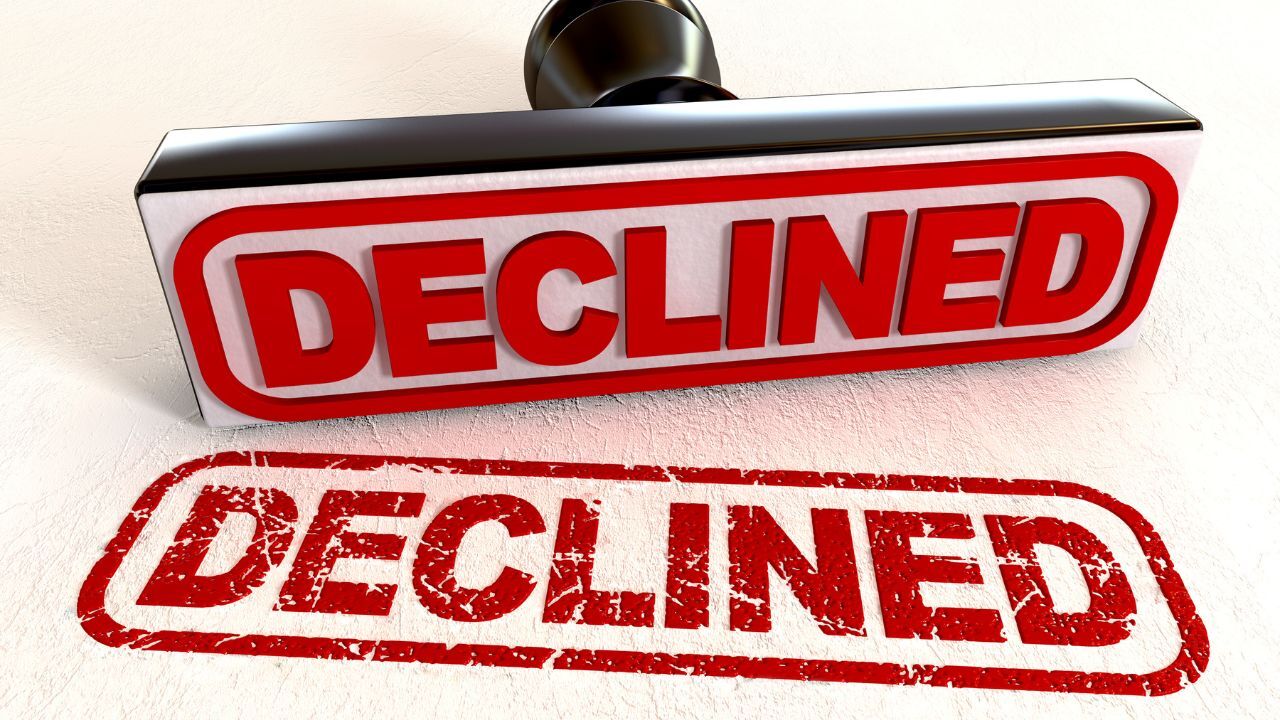Can Freelancers Get a Mortgage?
 If you are self-employed or work as a freelancer, you may be wondering whether buying a home is even possible. The good news? It absolutely is, but you will want to be prepared for a few extra steps in the process. Here are five common questions freelancers ask when it comes to getting a mortgage.
If you are self-employed or work as a freelancer, you may be wondering whether buying a home is even possible. The good news? It absolutely is, but you will want to be prepared for a few extra steps in the process. Here are five common questions freelancers ask when it comes to getting a mortgage.
- What Makes It Harder for Freelancers To Get Approved?
Freelancers don’t receive W-2s or paystubs, which means documenting income can be more involved. Instead, lenders look at tax returns, bank statements, and sometimes profit-and-loss statements. The key issue is proving your income is stable and ongoing. Irregular or seasonal income patterns can raise concerns for underwriters, so consistency is everything. - How Long Do I Need To Be Freelancing To Qualify?
Most lenders want to see at least two years of self-employment history. This allows them to average your income and assess its reliability. However, if you’ve been freelancing for less than two years but have previous experience in the same field, you might still qualify. In some cases, alternative mortgage programs allow qualification with just one year of income, though they often require higher down payments or interest rates. - Do I Need To Earn More Than a W-2 Employee?
Yes. That’s because your qualifying income is calculated after expenses are deducted. If you gross $150,000 annually but write off $75,000 in expenses, your qualifying income is $75,000. Meanwhile, a W-2 employee earning $100,000 would typically be able to use the full amount to qualify. So, the cleaner your books, and the fewer deductions you take, the better your numbers will look on a mortgage application. - Does Already Owning a Home Help My Chances?
Absolutely. Having a track record of on-time mortgage payments shows lenders that you’re capable of managing homeownership, even with freelance income. That said, lenders will still require updated documentation to prove your income can support a new or larger loan. - What Can I Do To Boost My Approval Odds?
Here are a few practical steps to put yourself in a stronger position:
- Keep your business and personal finances separate with different bank accounts.
- Build cash reserves for a down payment and emergency savings.
- Pay down existing debts to lower your debt-to-income ratio.
- Work with a mortgage professional who understands the self-employed borrower process.
- Be honest on your tax returns. Don’t inflate numbers just to qualify, that is a red flag for both lenders and the IRS.
While the road to homeownership as a freelancer may involve a few more hurdles, with the right planning and guidance, it is definitely within reach.
 If you’re considering buying a home, you’re likely wondering how much you’ll need for a down payment. The common belief is that you need to put down 20% of the home’s purchase price, but that’s not the only option and in many cases, it’s not even necessary.
If you’re considering buying a home, you’re likely wondering how much you’ll need for a down payment. The common belief is that you need to put down 20% of the home’s purchase price, but that’s not the only option and in many cases, it’s not even necessary. Getting turned down for a mortgage can be discouraging, but it doesn’t mean the dream of homeownership is over. In fact, understanding why your application was declined is the first step toward making a stronger comeback. Let’s look at some of the most common reasons a mortgage might be denied and what you can do about it.
Getting turned down for a mortgage can be discouraging, but it doesn’t mean the dream of homeownership is over. In fact, understanding why your application was declined is the first step toward making a stronger comeback. Let’s look at some of the most common reasons a mortgage might be denied and what you can do about it.